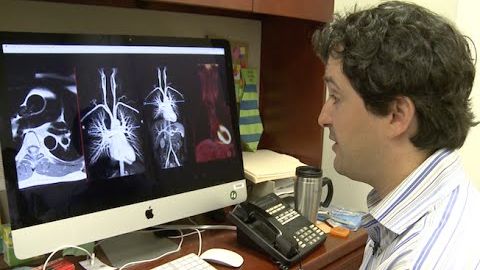
Subtitles & vocabulary
Medical Science – You Can Do It If You Try
00
Study English posted on 2016/10/22Save
Video vocabulary
patient
US /ˈpeʃənt/
・
UK /'peɪʃnt/
- Adjective
- Not getting annoyed when things take a long time
- Bearing or enduring pain or trials without complaint; exhibiting forbearance.
- Countable Noun
- Person who receives medical treatment or care
A2
More body
US /ˈbɑdi/
・
UK /ˈbɒd.i/
- Noun (Countable/Uncountable)
- An object distinct from other objects
- A group of people involved in an activity together
A1
More sit
US /sɪt/
・
UK /sɪt/
- Verb (Transitive/Intransitive)
- To take an exam
- To be in a resting position on a chair
A1
More Use Energy
Unlock All Vocabulary
Unlock pronunciation, explanations, and filters
